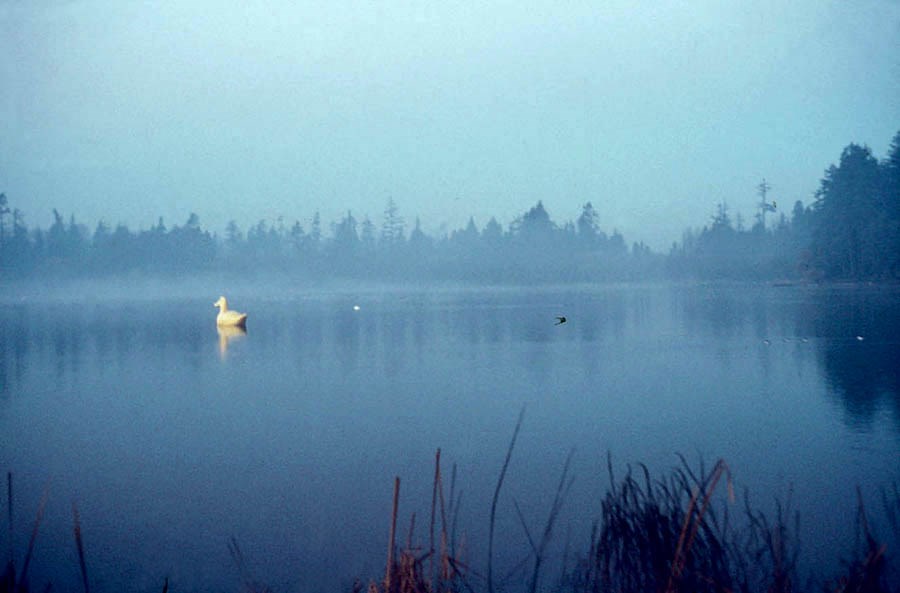
A Vancouver time travelogue brought to you by Past Tense.

Stanley Park zoo staff noticed something was up with the ducks in Lost Lagoon back in the swingin' seventies. "Something has to be done," zoo curator Larry Lesage told the press. "It's a real problem. We've taken up the issue with the [Canadian] Wildlife Service and I would like to see them program the ducks to create a balance."
What was the problem? Not only were the ducks mostly male for some unknown reason, but they were also having sex with each other. And it was spreading, according to Lesage: "I first noticed the mallards were gay about three years ago but now the wood ducks have picked it up."
A technician with the Canadian Wildlife Service explained that the phenomenon couldn't be interpreted in human terms: "If they are gay, it's not because ducks are becoming decadent. Ducks have aggressive tendencies and a lack of females could make them turn to each other ... This sort of thing is not unusual among waterfowl [or humans in prison, for that matter] -- particularly when they are densely populated."
I don't know what, if any, remedies were tried to cure the gay duck phenomenon, but hopefully the government eventually learned it has no business in the watery bedrooms of the nation's ducks.
I wanted to keep this post family friendly, so instead of a duck sex pic, I found this 1973 installation of a duck that was the other-kind-of-queer by contemporary artist Max Dean. It was a ten-foot long rubber ducky-style yellow duck that the Parks Board gave permission to float in Lost Lagoon. Apparently the other birds weren't too impressed by it, so it's unlikely that Dean's duck influenced the behaviour of the others.
Source: Max Dean, Large Yellow Duck, via the Centre for Canadian Contemporary Art


